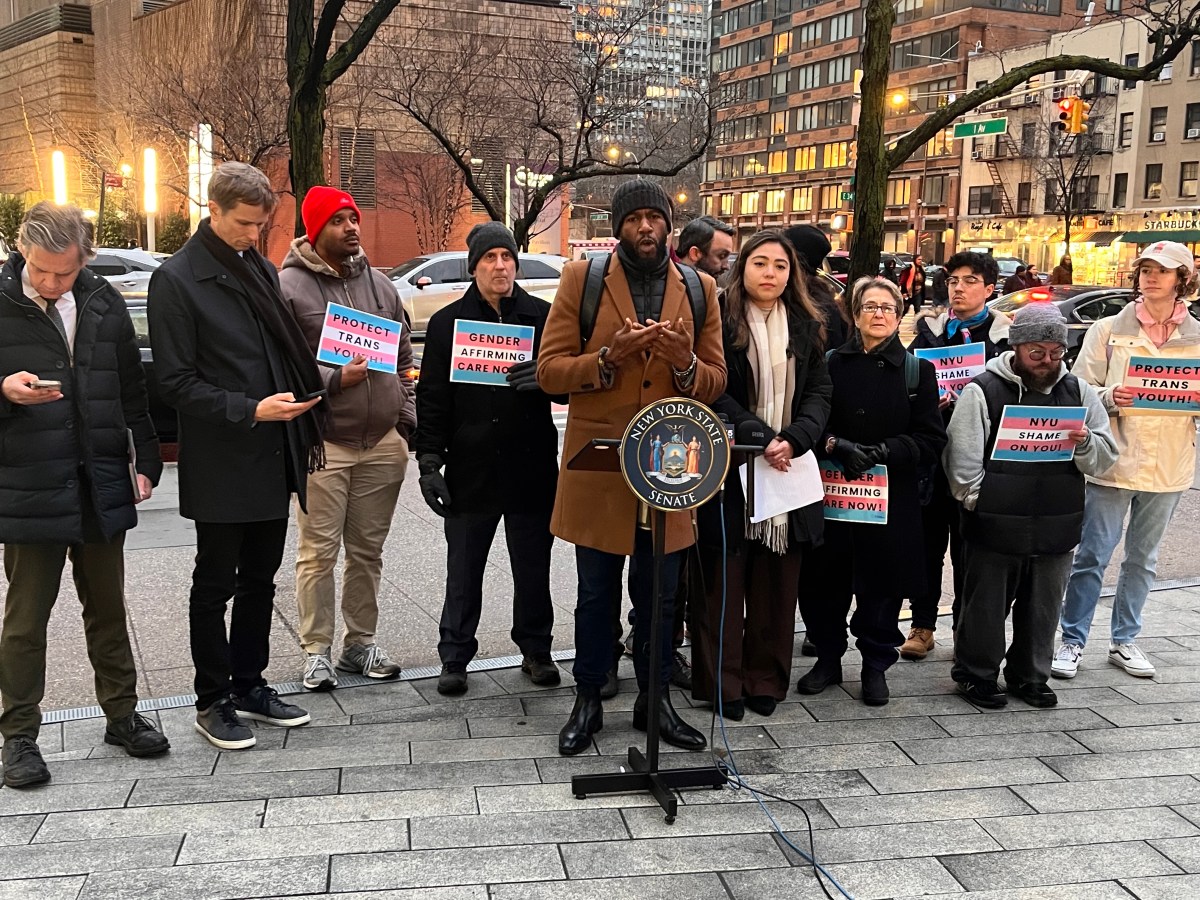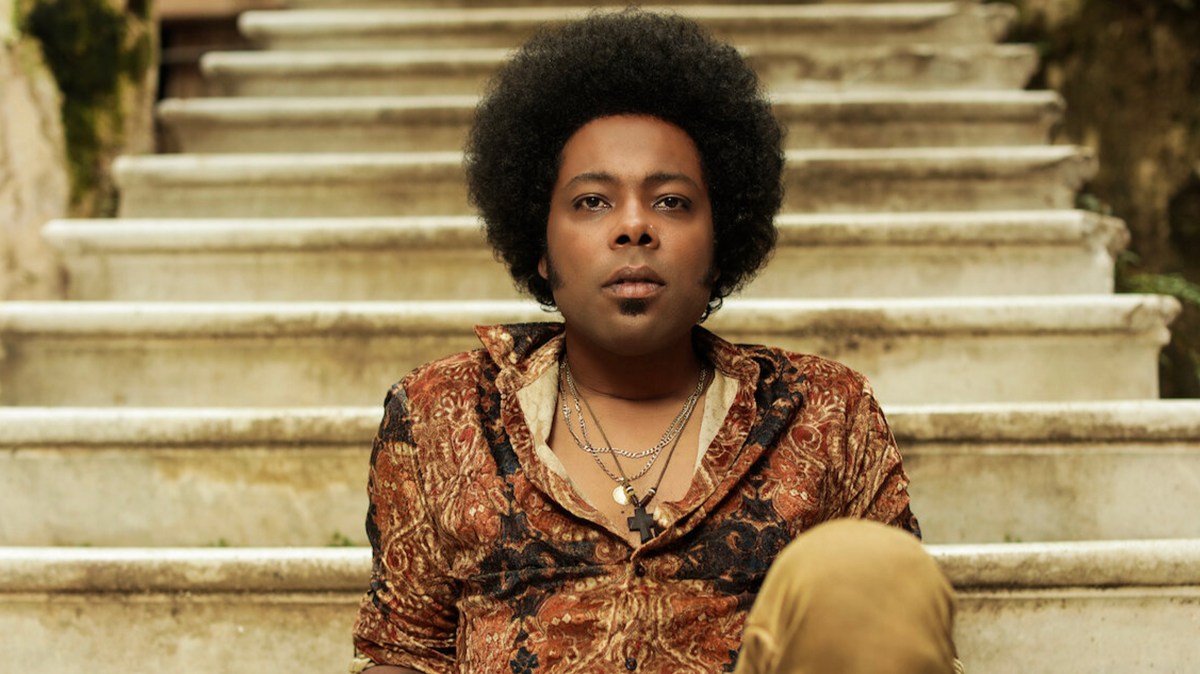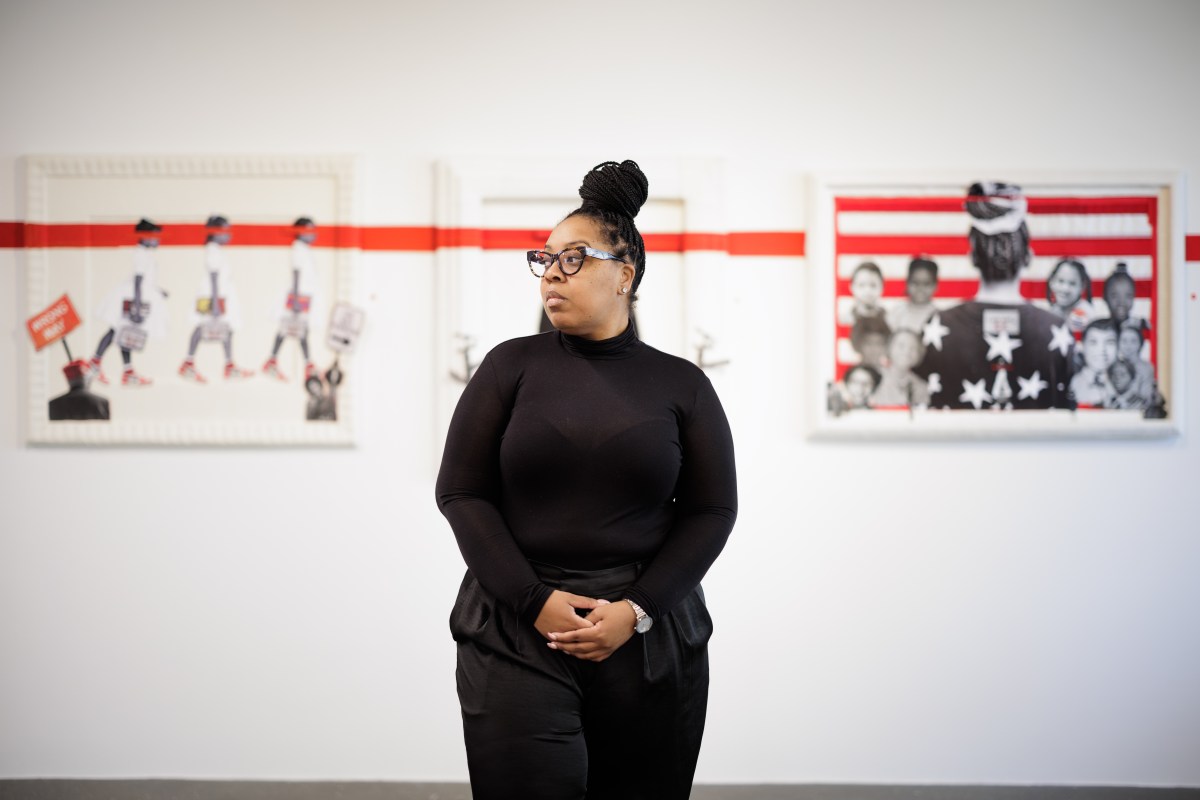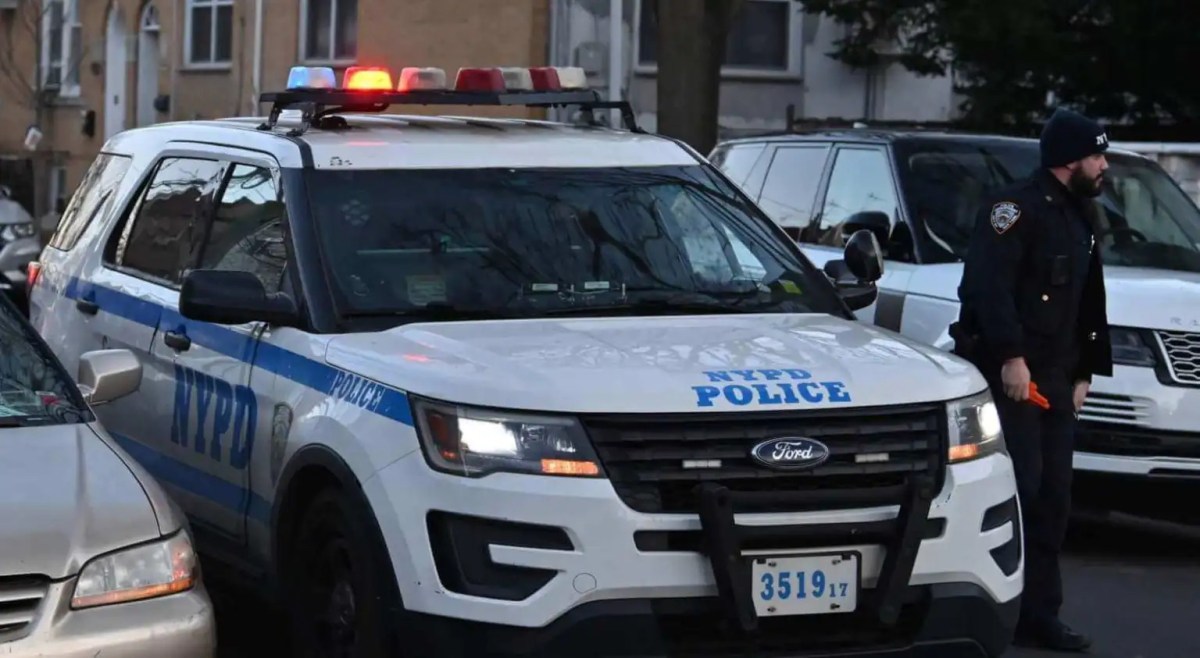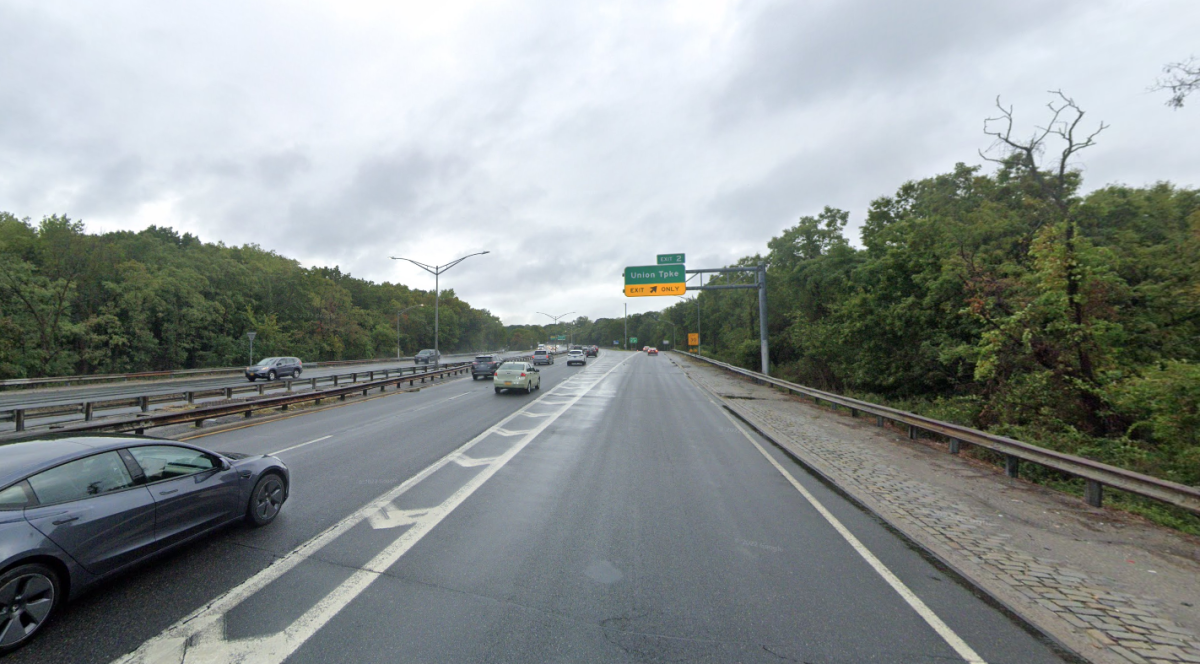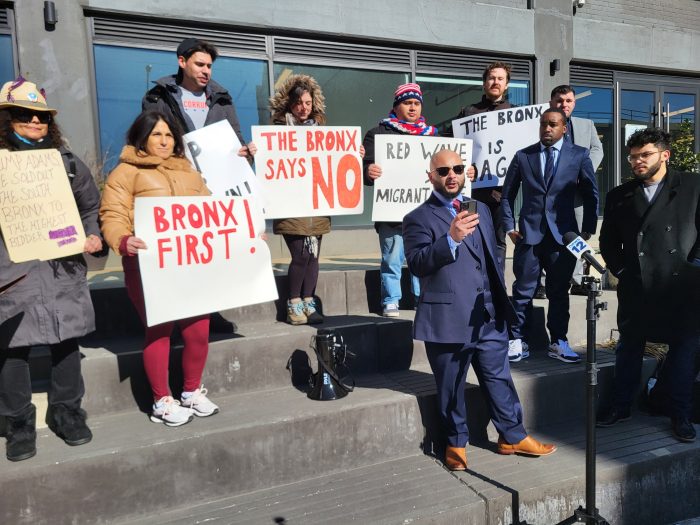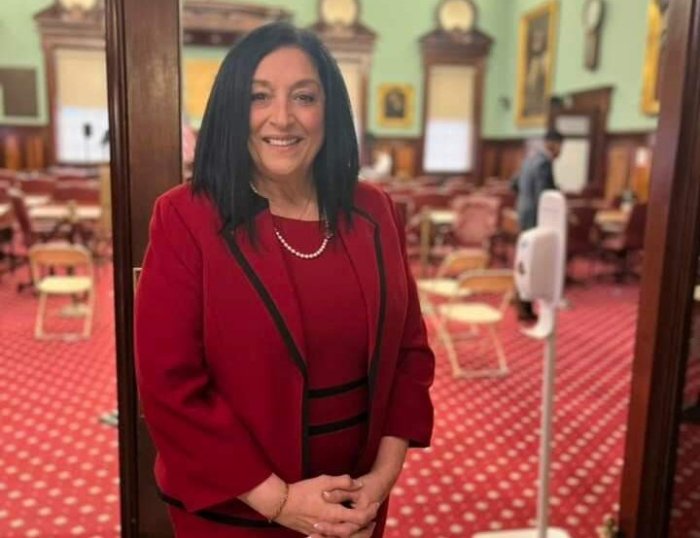
The Brooklyn Children’s Museum unveiled its new rooftop addition Saturday — a sprawling space that has something to offer visitors of any age.
The 20,000-square-foot outdoor space has a garden, space for art classes and games, chairs and tables and a massive 7,255-square-foot steel canopy that covers the center of the roof. Lucy Ofiesh, the museum’s executive vice president, said the space is meant to be a fun meeting space for the museum’s visitors, but it will also be open to community groups and artists who want make use of the open air.
“They don’t have to go all the way to Manhattan. They can have a great space in walking distance,” she said.
Taking inspiration from other city cultural institutions, such as the Whitney Museum, Ofiesh and administrators partnered with various artists and designers to blend the new space into the artistic experience of the rest of the building.
The mini garden, located in the northern section of the roof, was created by Brooklyn-based design firm Future Green Studio who brought in plants and flowers native to the borough. It contains a small walking path and seating, inspired by the High Line park.
“It’s like a little oasis,” Ofiesh said.
The most prominent feature is the white canopy, which was designed by architect Toshiko Mori. The space under the canopy can sit 300 people and will be used for a variety of purposes, such as concerts, art shows and film screenings. The structure includes a clear plastic covering that shields visitors from the elements while still giving them a view of the sky.
The canopy is a work of art in itself, as its lighted pillars rise into the air, curve and land back into the floor.
“Toshiko was inspired by a butterfly landing on the roof,” Ofiesh said.
Local groups have already made use of the new space. During the opening celebrations Saturday, Papa Sy, the principal member of Mussukeba Sane West African Ballet, performed a Senegalese drum and dance workshop. Other community art groups have expressed interest in renting out the roof for their shows, according to Ofiesh.
Though the roof space will likely be closed during winter months, designers made sure that visitors can enjoy part of the new addition year-round. The second floor features large glass windows that allow families who use the art class rooms and cafe area to view of the roof’s amenities.
“It creates a fluidity on the second floor and makes for a more livable experience,” Ofiesh said.
The $6 million project on the second floor was part of the museum’s massive expansion that began in 2008. When the Brooklyn’s Children’s Museum first opened in 1899, the rooftop terrace featured little more than a few seats and a paved surface, according to Ofiesh.















